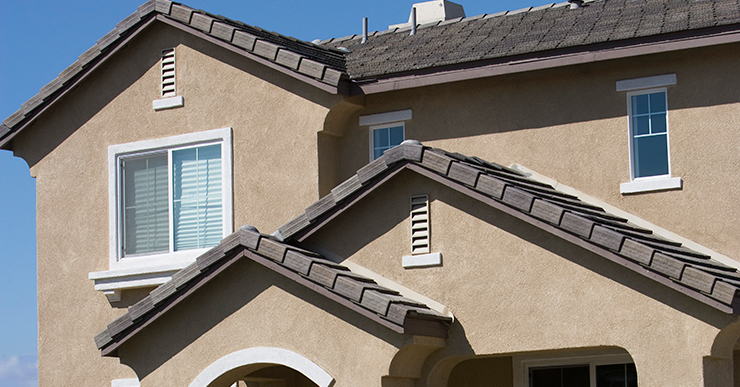The next article was without a doubt presented thanks to Admin. I look forward to sharing some of their points with all of my clients. I do believe you’ll enjoy.
The practical and aesthetic application of fiberglass, especially within the production of fiberglass windows in Seattle, WA, has grown significantly in recent years. Notwithstanding its benefits, it’s essential to respect the safety precautions when handling this material, and this article is dedicated to exploring those safety practices.
Understanding Fiberglass and Its Risks
Understanding the nature of fiberglass is the stepping stone to ensuring safe handling. Fiberglass is a form of fiber-reinforced plastic using glass fiber. The fibers may be randomly arranged, flattened into a sheet, or woven into a fabric. Its flexibility, strength, and heat resistance make it a preferred material in multiple industries. However, on the flip side, when fiberglass is trimmed, cut, or manipulated, it can release tiny particulates, which, if inhaled or come in contact with the skin, can cause health issues.
The Importance of Protective Gear
The cornerstone of effective safety practices in dealing with fiberglass lies in the use of suitable protective gear. Clothing should cover all skin areas, with long-sleeved shirts and long pants being the standard apparel choice. Thick work gloves will protect hands, while safety goggles are essential for preventing eye irritation. A dust mask or respirator can help to avoid inhaling fiberglass particles, and a hat can help shield your hair and ears.
The Role of the Work Environment
The work environment plays a pivotal role in fiberglass safety. A well-ventilated area prevents the buildup of fiberglass particles, thereby reducing the risk of inhalation. A clean, clutter-free workspace minimizes accidental contact with fiberglass. Proper storage of fiberglass materials, when not in use, also contributes to overall safety by limiting unnecessary exposure.
Strategies for Safe Fiberglass Handling
Contact with fiberglass should be minimized during operations. Utilizing tools to move, cut, or position fiberglass can help in this regard. Dampening the fiberglass with water before handling it is also a good practice as it reduces the release of airborne particles.
The Disposal of Fiberglass Waste
Proper disposal of fiberglass waste is an integral part of fiberglass safety practices. Waste material should be collected promptly and stored in sealed bags or containers to minimize further exposure. Disposal should be done responsibly, adhering to local waste management guidelines and regulations.
Emergency Measures and First Aid
Accidents may happen despite precautions. Being prepared with the correct first aid measures can, therefore, be a lifesaver. Fiberglass particles in the skin or eyes can be washed out with water. If particles are inhaled and cause discomfort, it’s crucial to seek fresh air immediately and seek medical attention if the discomfort persists.
Training and Education
One often overlooked safety practice is the training and education of those handling fiberglass. Understanding the risks and safety measures reduces the chances of mishaps. Regularly updating training, considering the evolution of products and procedures, is also vital to maintaining a safe work environment.
In conclusion, fiberglass is an excellent material with versatile uses, including the production of high-quality fiberglass windows in Seattle, WA. However, like any other material, it requires respect and adherence to safety practices to handle it appropriately. At Signature Window & Door Replacement, we rigorously follow these safety practices. We invite readers to learn more about our services and our commitment to safety and quality.
The above article was published here.
Hope you found that useful information that they provided. Leave me your views below, share a quick comment and let us know what subjects you want us to cover in up coming posts.
Similar content can be found on our main site: www.surewindows.com

